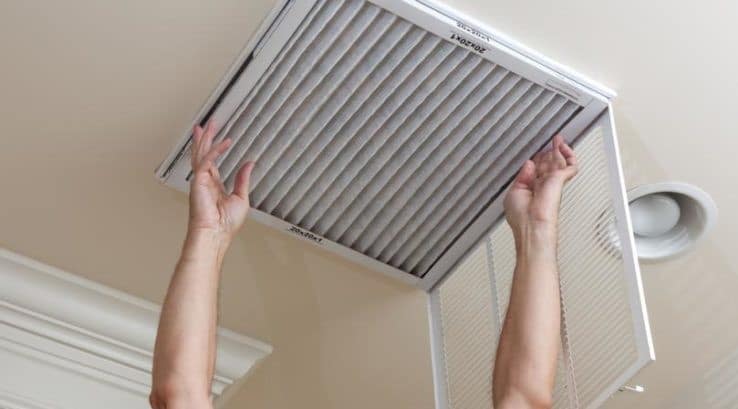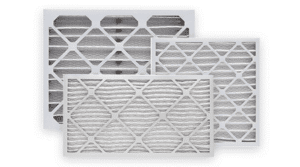Why It’s So Important to Change Your Air Filter
Air filters are a central, but often under-appreciated part of a central HVAC system. They don’t just filter out bits of pollen and dust that would otherwise circulate through the home and lower indoor air quality. They also provide a first line of defense against larger objects such as bits of loose insulation being pulled into the system where they could cause damage or present a fire risk. But if you don’t change your air filter regularly, it can turn against you. Clogged air filters are the number one cause of HVAC system failure.
As the filter catches more and more of the natural particulate pollution of your home – dust, mold and fungal spores, pet dander, fabric fibers, etc. – the fine mesh through which air passes becomes denser. This means that if you don’t change your air filter regularly, air can’t pass through as readily.
Because air doesn’t circulate as quickly, particulates can settle in ducts and on household surfaces when they’d usually be carried into the system and filtered. It’s a lot more cost effective to change your air filter than it is to schedule a duct cleaning, but dirty ducts can result in an ongoing drain to your system efficiency and a long-term source of pollutants in your air supply.
It’s best to change your air filter every month, especially if you have pets or live in a high-pollen area. Air filters are generally inexpensive and changing your air filter is a simple task that doesn’t require a professional hand. In most cases, you should simply be able to slide the old filter out and slide a new one in.
Check your unit’s documentation to determine what size and type of filter you need, and what minimum efficiency reporting value (MERV) range the furnace should fall into. A high MERV filter with a very tight mesh may be too much for some units, resulting in a situation a lot like a clogged air filter, even just after you’ve changed it.
According to the Department of Energy, replacing a dirty filter with a clean one can reduce energy consumption by as much as 15%.






